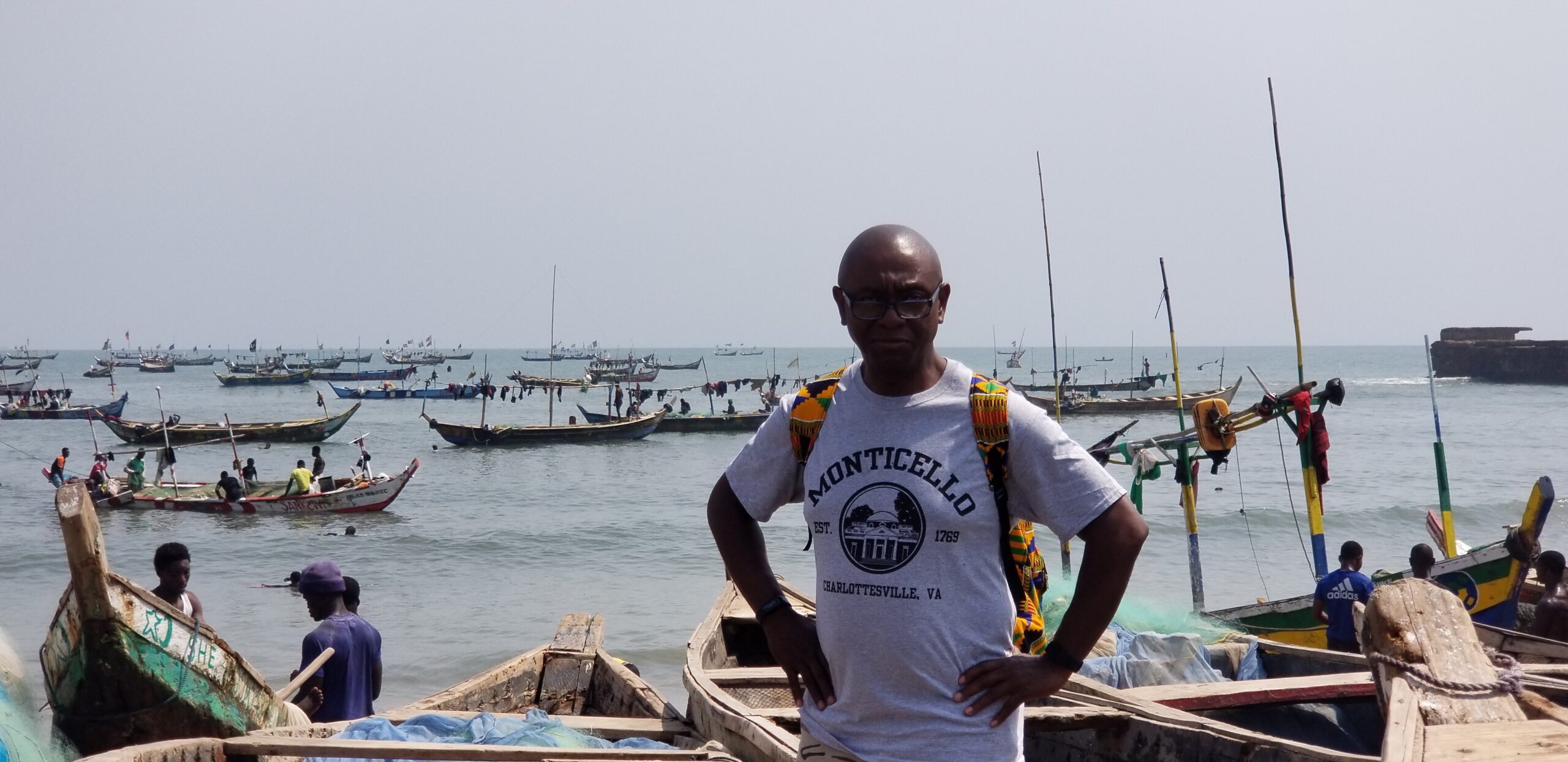



Title: A Journey Through History: Visiting the Slave Castles of Accra, Ghana
Meta Description: In 2018, I traveled from Washington D.C. to Accra, Ghana, to explore the haunting yet powerful legacy of the transatlantic slave trade. Here’s a reflection on my visit to the slave castles that shaped history.
Flying Out of Washington D.C.
In 2018, I boarded my flight at Washington Dulles International Airport (IAD), filled with anticipation and reverence for what lay ahead. My destination: Accra, Ghana—the heart of West Africa and a region deeply intertwined with the history of the transatlantic slave trade.
This was more than a vacation. It was a pilgrimage into the past, a journey to connect with a chapter of history that echoes across continents and generations.
First Impressions of Accra
Arriving in Kotoka International Airport, I was immediately struck by the warmth of the Ghanaian people and the vibrant energy of Accra. The city is modern and bustling, but beneath the rhythm of daily life lies a profound historical gravity. Ghana, and particularly its coastline, was one of the main departure points for millions of enslaved Africans taken to the Americas.
Exploring the Slave Castles
The most emotional part of my journey was visiting the slave castles, especially Cape Coast Castle and Elmina Castle. While not located directly in Accra, these coastal fortresses are close enough to make an easy day trip, and they are essential to any historical exploration of the region.
Cape Coast Castle
Walking through the dark dungeons of Cape Coast Castle, I felt an overwhelming heaviness. These were the very spaces where men, women, and children were held—sometimes for months—before being forced onto slave ships. The “Door of No Return,” now marked for visitors to walk through, was a gut-wrenching reminder of those who were taken from this land, never to return.
Our guide offered chilling details: the lack of light, the stench of death, the cries that once echoed through those walls. It was impossible not to be moved.
Elmina Castle
Even older than Cape Coast, Elmina Castle is the oldest European building in sub-Saharan Africa, built by the Portuguese in 1482. It served as a major hub for the Atlantic slave trade. The juxtaposition of its scenic ocean views with the horrors that occurred inside is jarring. From the governor’s quarters above to the suffocating slave dungeons below, every stone seemed to hold a story.
A Moment of Reflection
Standing inside those castles, I couldn’t help but reflect on the resilience of the human spirit. Despite the cruelty and dehumanization, the descendants of those taken have built cultures, families, and communities around the world. Visiting Ghana was not only a way to honor the past, but to celebrate survival and identity.
As an Army veteran and a descendant of African heritage, this journey gave me a profound sense of connection—to the land, to the people, and to a history that must never be forgotten.
Final Thoughts
If you’re considering a trip to West Africa, I urge you to visit Ghana—and more specifically, its slave castles. It’s not an easy visit, but it’s an essential one. History comes alive within those walls, and it changes you.
Travel Tip: Book your castle tours with a knowledgeable guide to gain deeper insight into the stories behind each site. And give yourself time afterward to process—it’s emotional and powerful.
Keywords: Accra slave castles, Ghana slave trade, Cape Coast Castle, Elmina Castle, African diaspora travel, historical travel to Ghana, Door of No Return
